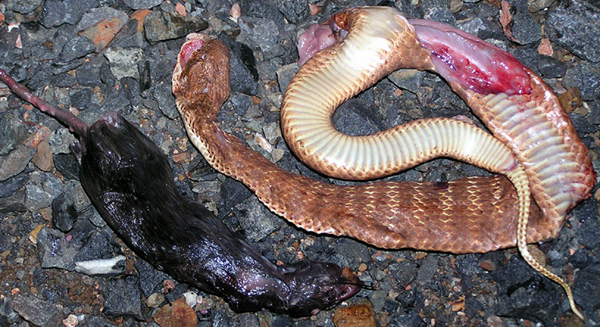 IS CONSERVATION JUSTIFIED
IS CONSERVATION JUSTIFIED
 IS CONSERVATION JUSTIFIED
IS CONSERVATION JUSTIFIED
or just
HUMANS OPPOSING CHANGE?
by Brian Bush
Take a look around you. What do you see? If you live in a town, city or on a farm you should be able to conclude that this human-altered environment does not continue to support the diversity of vertebrates that it did prior to development.
Conservation! What is that? Is it trying to save rare or threatened organisms because we are aware of them and do not want to lose them? I wonder if there are many vulnerable micro-organisms and if there are, would we be as concerned for their conservation? We read references to the value of animals traded illegally, but how much is spent in the name of conservation and what success have we had? Is the Western swamp turtle (Pseudemydura umbrina) being "pulled back from the brink" an example of success? A small patch of required (at this point in time) habitat surrounded by a human altered environment! There is little likelihood of this beast going anywhere along the evolutionary path. We might just as well photograph it for our records and leave it to its fate. Saying that, however, it is probably good fun being involved in projects like this and any perceived success would greatly enhance the involved individual's state of mind. It is quite a cute-looking beast too!
Regulating human behaviour in an attempt to halt the natural decline of a species will only delay for a very short time that species' extinction. It is my opinion that most conservation methods implemented by humans have their origin in our emotions. They are therefore no more than subjective distractions (a feel-good experience) for some individuals and as such are of as little consequence as beached whale rescues. I would go so far as to say we oppose the inevitable loss of another vertebrate (and sometimes invertebrate) in an attempt to both ease our guilt and reassure ourselves that we are in control.
What we are observing with the ever-increasing extinctions is no more than competitive exclusion. Homo sapiens, in building its hives, changes the local environment rapidly and conclusively, at least in our perception of time. A combination of stringent habitat requirements and short-term inflexibility cause the vast majority of the other local animal and plant organisms to cease existing. Our reasoning is flawed if we feel guilt because of this. Creationists will believe otherwise, but our species is no less integrated in the evolutionary process than all the others coexisting on Earth. We can as individuals argue against this, but at the end of the day we have little control of our own fate, let alone other species'.
Authoritative people often state how seriously detrimental the release of an organism into an area where it does not naturally occur can be. Why? One indicator of success in nature is the ongoing expansion of a species' geographical range. Tentative forays into short-term unsuitable environments eventually leads to diversification culminating in speciation. This is adaptive radiation! Many invertebrates and plants rely on carrier-organisms to do this. When we successfully introduce an animal or plant, either purposely or inadvertently, to another area are not we humans just carrying out this function? Any detrimental impact is a human perception and usually relates to the adverse impact on agriculture or, now with beta taxonomy (the use of biochemical techniques to determine divergence), a short-term negative impact on the local gene pool: the potential to confuse a taxonomist. Any exposure to unfamiliar pathogens will probably strengthen the population in the long term.
I wonder sometimes what it would be like to see genetically manipulated reptiles successfully existing amongst the concrete, brick and steel of our cities. Imagine monitor lizards with adhesive toe-pads similar to geckos running up skyscrapers, or pythons which are at home in every nook and cranny on city buildings feeding specifically on pigeons. It would be great stuff! "It can not be done", I hear you say. What would the genetic purists' think? Well, look what we did to the domestic dog in just ten thousand years! Admittedly, many dog breeds are genetically weak, however these would not enter into the equation with what I am suggesting. Away from the laboratory natural selection would take over. Maybe, if species diversity is important for the earth to survive, we should give it serious thought though. Humans are changing the environment at such a rapid rate that few other organisms have a chance of adapting to the new conditions. Many become extinct because they can't keep up!
If species-diversity is a requirement for Earth to remain a 'living planet' then there are at least two positive scenarios and one negative. All of which is purely academic to the individual reading this as you will not exist long enough to witness the outcome! And if you did, you could not influence it in any way.
The negative scenario, from our perspective, would be an ever-increasing human population with a corresponding decline in diversity of other organisms until eventually reaching a point where all life ceases - Earth the 'dead planet'. This is the least likely outcome.
Almost as unlikely a positive scenario would be for Earth to retain the status quo. For this to be a reality, there would have to be zero human population growth (an aghast experience for some: What! No growing economy) and a corresponding halt to rapid environmental changes. Surprisingly, a lot of conservation importance and resources are directed at the developing countries in an attempt to keep things as they are. It is almost as if the conservation movement is saying, "We stuffed ours, but you can't stuff yours."
It is more feasible that the earth would continue living, alas, without H.sapiens and many of its contemporary species - they having gone the way of the dinosaurs. Species diversity declines in the short-term but is no more than a glitch in the life of this planet caused by the short-term plague of humans.
Cats, cane toads and watsonia introduced to Australia, or bull frogs, red-backed spiders and gonorrhoea introduced to England are irrelevant today. Their only importance lies in an obvious inherent flexibility that will be a requirement for survival during the human era. They may be the ancestral stock for a multitude of tenacious new taxa in some future time. There is a paradox here though. The most virulent and destructive organism on this planet, one that is continually increasing its range and, until recent times, was occupying new land masses, considers this form of success a negative attribute in all species but itself!
Sorry, the local exotics are important because they have a short-term detrimental impact on the indigenous organisms of an area. We have a problem accepting this as anything but negative. Those of us having an affinity with other contemporary life feel we must do all in our power to reverse this change. Hence, a burgeoning conservation industry which in turn allows the many involved organisations to justify their existence, and some individuals to feed their egos.
Then again, we need direction and if we believe we are doing something positive it is far better than sitting on our hands and doing nothing. But is conservation really necessary?
Global warming, or are we not in an interglacial trough? But that's another story!
Footnote: I have been advised that gonorrhoea was not introduced to England, syphilis maybe.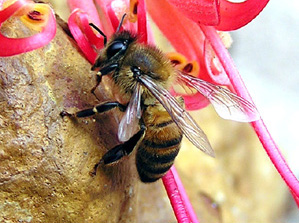
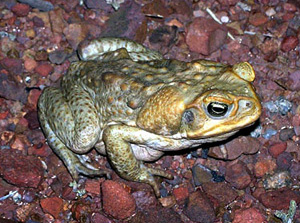
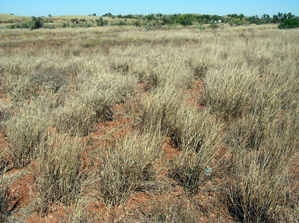
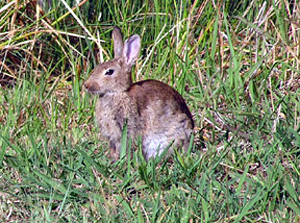
Illustrated above are four naturalised exotic Australians - two are celebrated due to their contribution to our economy, while the other two are persecuted as human perceived vermin. From a contemporary conservationist's perspective, it could be argued that the species celebrated impact far more negatively on the conservation status of a much larger suite of endemic organisms than the other two species.
I love a paradox - during the Great Depression, the persecuted rabbit was food to many families and was referred to as "underground mutton".
Also, a weed that drives Australian farmers to distraction is Paterson's Curse (Echium plantagineum), however, during droughts and little pasture, it provided food for sheep and was also named Salvation Jane!